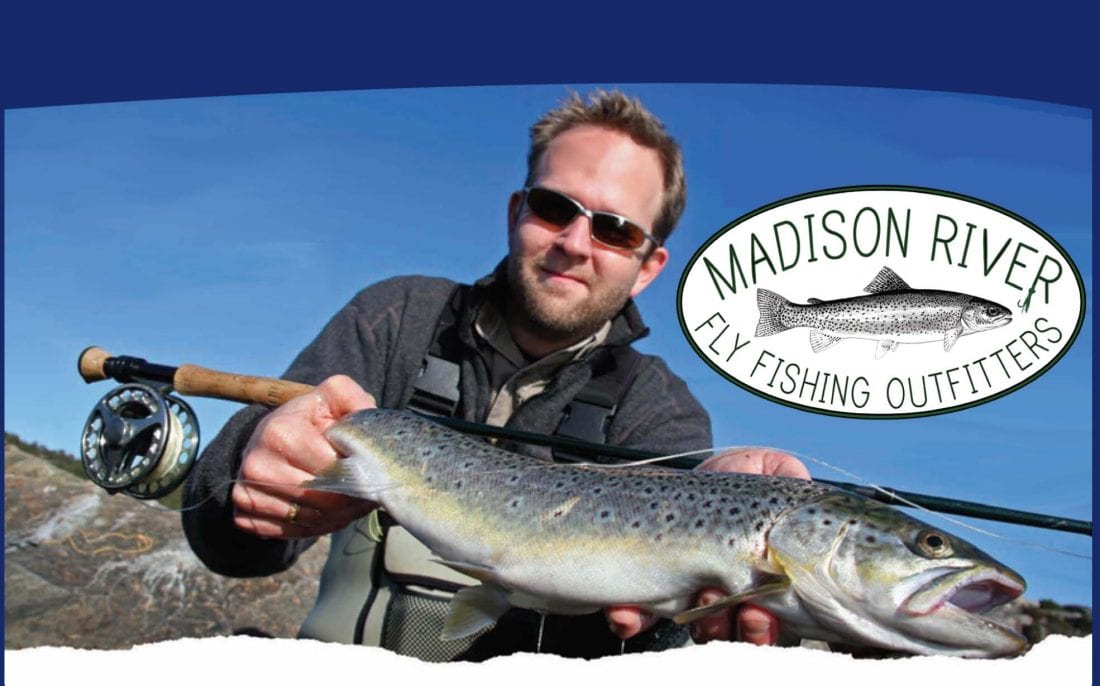By Ryan Wilson
Almost every fly angler that I know, grew up with a notion that the big, long cast was the fly fishing ideal. We have visions of sulphurs hatching on a cool mountain stream, while our fly line cuts back and forth flawlessly through the rising fog. Our fly settles neatly in front of a rising trout, some 50 feet away. It’s hard to not get caught up in the artistry of that image.
Others of us get caught up in the competition. Even amongst industry professionals, no one wants to be out-cast by a fishing buddy. A spectator of the casting pool at a recent fishing industry trade show, would have seen nothing but 8 weights and double hauls. It’s simply human nature to want to go bigger and further than the other guy – and I guess you’ll never impress the ladies with a 15 foot roll cast.
However the truth of the matter, is that the trout angler in our region can significantly increase his or her catch rate by taking in most of that line and tightening up the presentation. One of the most common pieces of advice that I give on the water is: Cover a smaller piece of water, better. One of the most common corrections that I make as a guide is: Reel in half of that line.
There are several benefits to making shorter casts. First of all, long casts require more false casting. More false casting means more tangles, especially with the weighted nymphing rigs that are so productive in our neck of the woods. More tangles means more frustration and less time fishing. Longer casts are also less accurate, meaning your fly is not getting in front of the fish. A short, accurate cast can be accomplished with little to no false casting and it’s much easier to put your fly where exactly where you want it.
A savvy angler will know that presentation is ten times more important than fly selection. Long casts make it significantly more difficult to get a proper drift. The further you cast, the more conflicting currents your line is going to have to navigate. Those conflicting currents create a drag on your fly that takes it out of its natural drift. Additionally, having all of that line out will make getting a solid hook set considerably less likely. While proper line mending can partially alleviate these issues, most anglers just aren’t as skilled at mending line as they think they are.
A short, accurate cast will ensure proper fly presentation. A controlled, natural drift will increase takes and successful hook sets. Use the length of your arm and the length of the rod to extend your drift and maintain contact & control. When fishing with an indicator, I like that indicator to be the only thing in contact with the surface. Work a small section of the stream very well and then use your feet to change position. A good strategy is to take a big piece of water and to break it down in to four foot sections. Cover a section fully and then reposition yourself to cover the next section.
There are certainly times when making a big cast is a useful tool. There’s no doubt that the ability to move 60+ feet of line will make your fishing world bigger and your buddies jealous. However for the bulk of our real world fishing situations, we’ll catch a lot more trout by reaching for the wedge instead of the driver.
Ryan Wilson is the Owner and Operator of Madison River Fly Fishing Outfitters in Cornelius, NC. If you’d like to learn more about local fly fishing tactics, please contact him at madisonriverflyfishing@gmail.com or call at (704) 896-3676. Check us out on Facebook: Madison River Fly Fishing Outfitters or on the Web: www.carolinaflyfishing.com

